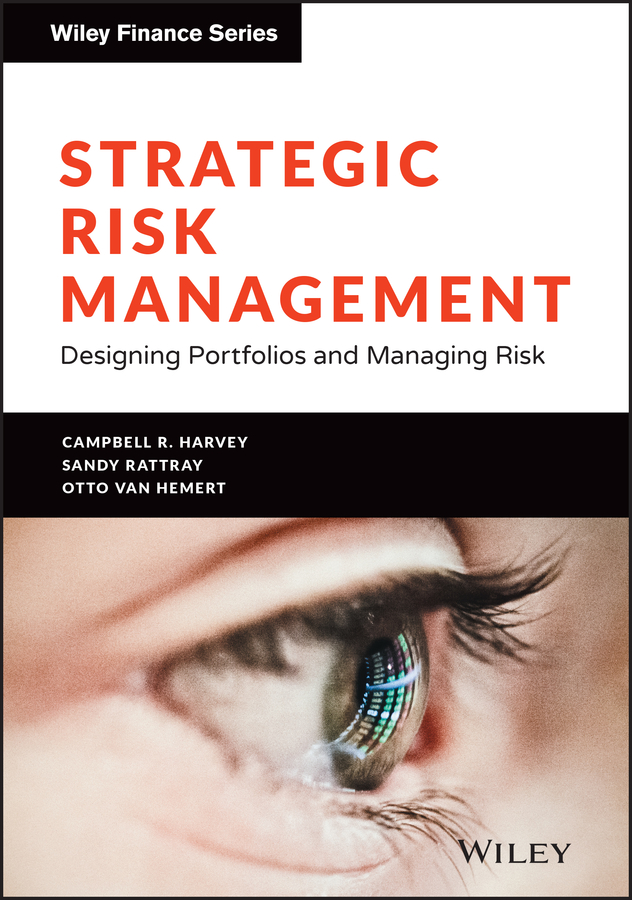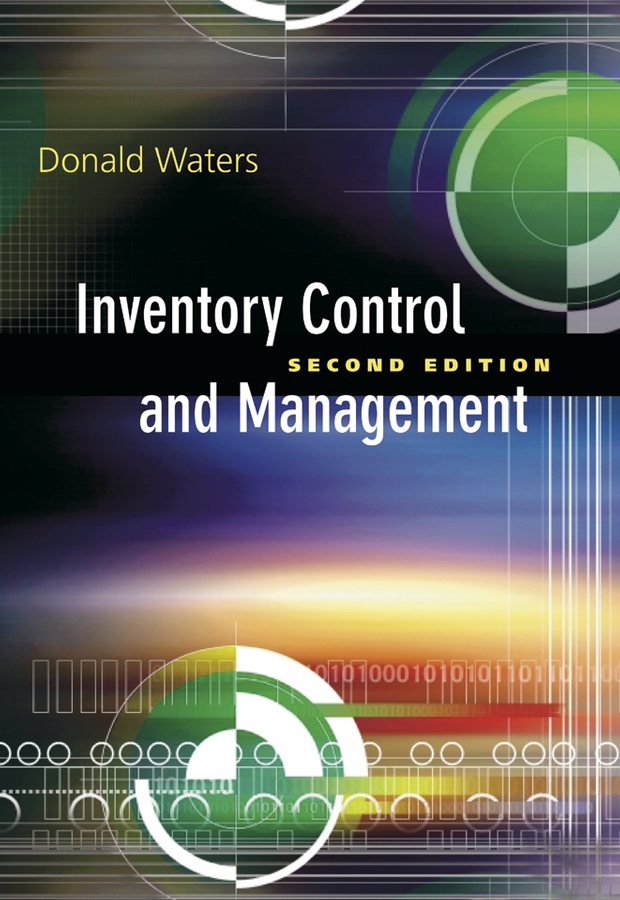CLCF27
LanguageENG
PublishYear2021
publishCompany
Wiley
EISBN
9781119773948
PISBN
9781119773917
edition
1
- Product Details
- Contents
Market selloffs, such as the one experienced in the first quarter of 2020 with the global Covid-19 pandemic, are fresh reminders of the importance of risk management. Unfortunately, it is only after these painful episodes that investment processes are re-examined. Indeed, a popular approach is to have two separate groups with a fund. The portfolio is designed by an investment management team and then handed off and monitored by a risk management team. This approach essentially sets tripwires that trigger risk reductions. Strategic Risk Management advocates a different approach. Risk management should be an integral part of the portfolio design. In this book, the authors set forward this new framework where they explore critical aspects of portfolio design including: defensive strategies, drawdown risk controls, volatility targeting, and actively timing rebalancing trades. Collectively, they have published a number of research papers on these components of risk management. The first quarter of 2020 provided a unique out-of-sample test, and Strategic Risk Management explores how their recommendations fared in the most recent drawdown. Readers will learn: Risk management cannot be an afterthought - it must be incorporated into the core portfolio design. Investors and managers often poorly understand basic concepts like portfolio rebalancing - which the authors show leads to additional risk if implemented mechanically rather than strategically. Volatility targeting helps to obtain a more balanced return stream and is particularly potent for higher risk asset classes. The cost of defensive strategies needs to be taken into account. The authors show that strategies like buying option protection are untenable, yet other strategies provide impressive downside protection without a high cost. Drawdown-based rules can be particularly useful for improving investment performance over time by detecting managers that lose their ability to outperform. This can happen as a result of structural market changes, increased competition for the type of strategy employed, staff turnover or a fund accumulating too many assets.
Collected by
- Yale University
- Princeton University
- Columbia University Library
- Stanford University
- University of Chicago
Similar











